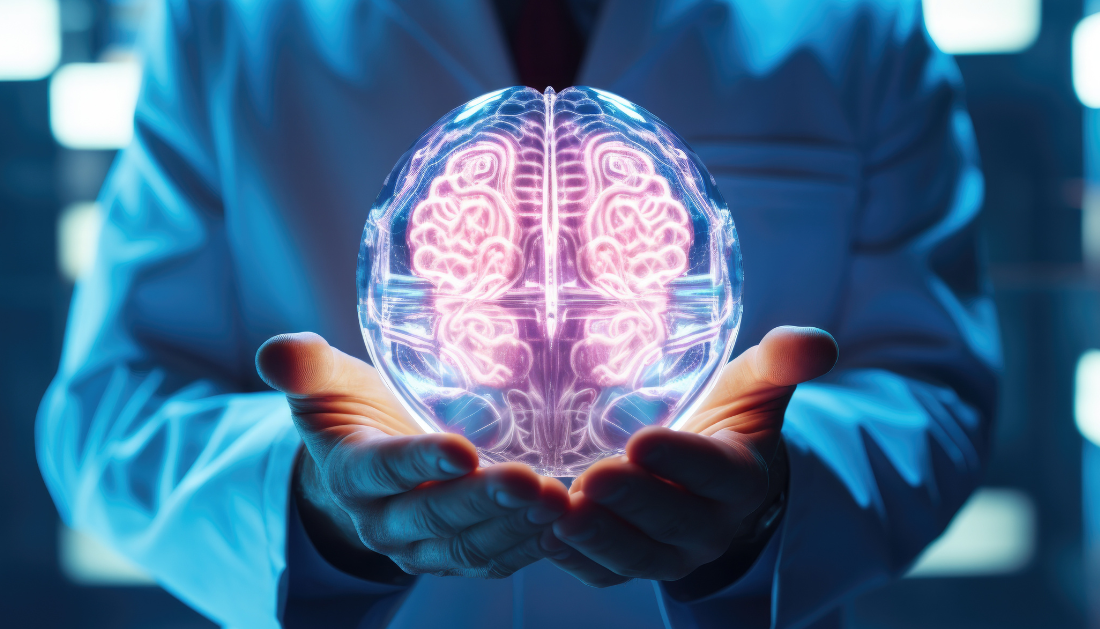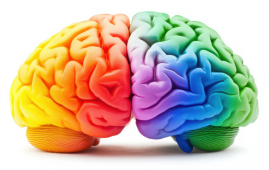

Using fluorescent calcium sensors, Tohoku University researchers have now tracked astrocyte activity and found that it begins about 20 seconds prior to the commencement of epileptic neuronal hyperactivity. This implies that astrocytes have a major role in inducing epileptic seizures by promoting the neuronal circuit’s hyperdrive.
On April 9, 2024, these results were published in full in the journal Glia.
Nearly half of the brain is made up of non-neuronal glial cells called astrocytes. It has been demonstrated that they regulate the metabotropic and ionic conditions locally. However, due to their lack of readily observable electrical activity, their significance in brain function has been generally overlooked. This is being altered by fluorescent sensor proteins, which provide additional insight into the fascinating activity of astrocytes.
“Astrocytes appear to have a determinant role in controlling the state of neuronal activity and synaptic plasticity both in physiological and pathophysiological situations,” said the study’s principal investigator, Professor Ko Matsui of Tohoku University’s Super-network Brain Physiology lab. “Therefore, astrocytes could be considered as a new therapeutic target for epilepsy treatment.”
The astrocyte calcium increased significantly in response to this stimulation, the researchers observed, and this was followed by an epileptic neuronal hyperactivity episode. The amount of epileptic neuronal excitability was greatly decreased when fluorocitrate was applied to the astrocytes to limit their metabolic activity. All of these suggest that astrocytes may be able to regulate neural activity.
Shun Araki, the study’s lead scientist, emphasized that astrocytes’ abilities could be used to treat a variety of neurological disorders with the right direction. This covers epilepsy as well as the possibility of improving cognitive capacities over and above their inherent constraints.
For more information: Astrocyte switch to the hyperactive mode, Glia, DOI: 10.1002/glia.24537
more recommended stories
 Spatial Computing Explains How Brain Organizes Cognition
Spatial Computing Explains How Brain Organizes CognitionKey Takeaways (Quick Summary) MIT researchers.
 Gestational Diabetes Risk Identified by Blood Metabolites
Gestational Diabetes Risk Identified by Blood MetabolitesKey Takeaways (Quick Summary for Clinicians).
 Phage Therapy Study Reveals RNA-Based Infection Control
Phage Therapy Study Reveals RNA-Based Infection ControlKey Takeaways (Quick Summary) Researchers uncovered.
 Pelvic Floor Disorders: Treatable Yet Often Ignored
Pelvic Floor Disorders: Treatable Yet Often IgnoredKey Takeaways (Quick Summary) Pelvic floor.
 Urine-Based microRNA Aging Clock Predicts Biological Age
Urine-Based microRNA Aging Clock Predicts Biological AgeKey Takeaways (Quick Summary) Researchers developed.
 Circadian Control of Neutrophils in Myocardial Infarction
Circadian Control of Neutrophils in Myocardial InfarctionKey Takeaways for HCPs Neutrophil activity.
 E-Cigarette Use and Heart Attack Risk in Former Smokers
E-Cigarette Use and Heart Attack Risk in Former SmokersKey Takeaways for Clinicians and Nurses.
 36-Week Pre-eclampsia Screening May Reduce Term Risk
36-Week Pre-eclampsia Screening May Reduce Term RiskA New Preventive Strategy for Term.
 Cardiovascular Risk and Sudden Cardiac Death in Diabetes
Cardiovascular Risk and Sudden Cardiac Death in DiabetesRising Sudden Cardiac Death (SCD) Risk.
 Engineered Herpes Virus for Glioblastoma Immunotherapy
Engineered Herpes Virus for Glioblastoma ImmunotherapyA Powerful New Direction in Glioblastoma.

Leave a Comment